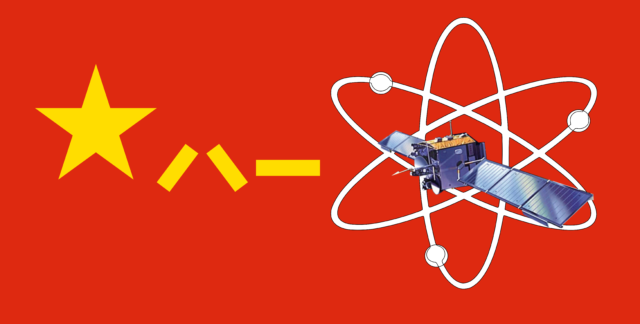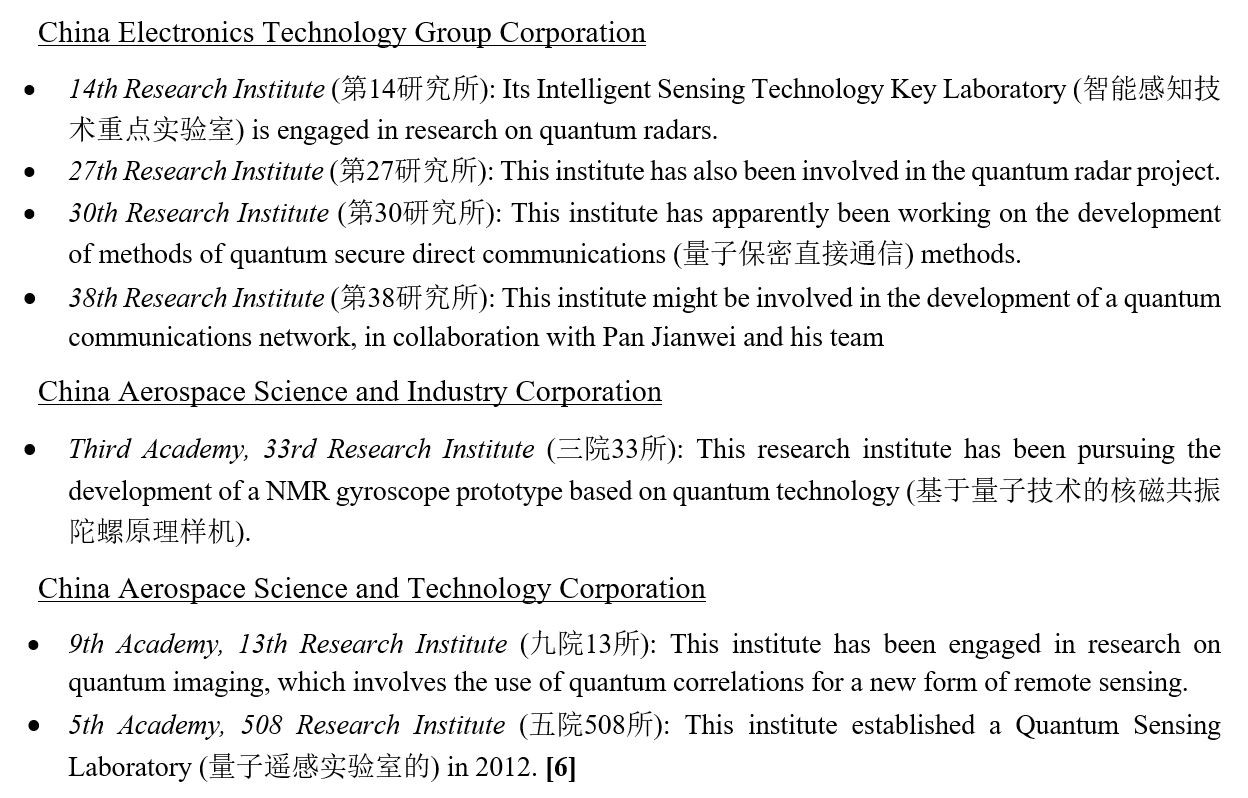Scientists in China are engaged in intense preparations for the launch of the Chang'e-5 lunar probe in the second half of 2017, state media report.
The complex mission will involve a number of stages and components that will combine to land on and collect samples from the Moon, before ascending, a docking in lunar orbit, and heading home.
A new report by China Central Television (CCTV) shows work on the lander, ascent stage and re-entry vehicle needed for a successful mission.
“The lander and ascender form a combination that will land on the moon to conduct unmanned sample collection mission,” Ruan Jianhua, deputy chief designer of Chang’e-5, told CCTV, with the samples taken back to Earth by the re-entry capsule.
After landing at Siziwang Banner, Inner Mongolia - the same area where China's crewed Shenzhou missions touch down - the samples will be taken to laboratories.
"Once the samples are back, we can begin our analysis right away." Ouyang Ziyuan, a cosmochemist and chief scientist of China's Lunar Exploration Project (CLEP), told press in October.
'Orbit, land, return'
Chang’e-5 marks the third phase of a Chinese project to first orbit, then land and rove, and finally retrieve samples from the surface of the Moon.
and
first orbited and mapped the Moon in 2007 and 2010 respectively, before the
soft landed in December 2013, setting a lander and the Yutu, or Jade Rabbit, rover on the surface.
The sample return phase is now made possible by the successful development of the
heavy-lift carrier rocket, which debuted (
) in November.
The new rocket doubles China’s capacity to launch payloads, allowing plans to send a
and construct a
to move forward.
The
for Chang’e-5 has apparently been chosen and imaged, but coordinates have not been released.
From the Moon to Mars and beyond
The mission will be the first to collect samples from the Moon since the early 1970s, when US crewed and Soviet Union robotic missions gathered and returned lunar materials.
While marking the culmination of China’s first lunar exploration project, Chang’e-5 will, as well as testing necessary techniques for potential
, provide experience for missions beyond the Earth-Moon system.
“We will later conduct research of Mars and other asteroids. We expect to go further in the
,” Ruan says.
Chinese robotic activity on the Moon will not end with Chang’e-5, however. In 2018 China will attempt the first ever landing on the
, using the back-up lander and rover for the
, and a relay satellite positioned beyond the Moon to facilitate communications.
Due to ‘tidal locking’, the far side of the Moon remains permanently facing away from the Earth, with images showing a distinctly different surface to the near side, including a huge, scientifically intriguing impact zone, the South Pole-Aitken basin, which the Chang’e-4 is expected to target.
Chang’e-6 could, potentially by around 2020, combine these missions to attempt a sample return from the lunar far side.
Other Chinese missions being researched include robotic missions to the Moon’s poles in the early 2020s.
Renewed focus on the Moon
China is not the only country interested in exploring our celestial neighbour. India is developing its first landing and roving mission, Chandrayaan-2, while Japan's JAXA could launch two missions before the end of the decade.
NASA is working on a range of missions to launch in the coming years, including
, a cubesat orbiter to investigate ice deposits, along with three other small Moon-bound payloads as part of the first test of the
.
A host of private entities are also competing for the $30 million
, sponsored by Google, with four teams from Israel (SpaceIL), the US (Moon Express), India (Team Indus) and an international consortium (Synergy Moon) earning launch contracts for 2017 in a race to operate a rover on the Moon.


